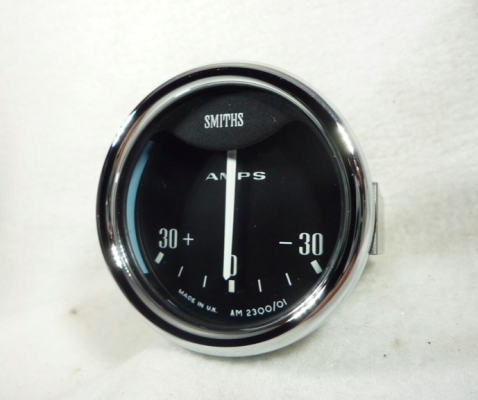D
Deleted member 126251
Guest
I just use the jump start posts inder the bonnet as recommended in my owners manual. Flyleads would be useful if I could not easily access the jumpstart posts.The flyleads are useful where there's no direct access to the battery (or remote terminals). The one in my SL is behind a trim panel in the boot, so I do use a permanently fitted flylead on that.:
View attachment 135549
But I've never bothered on anything else.


